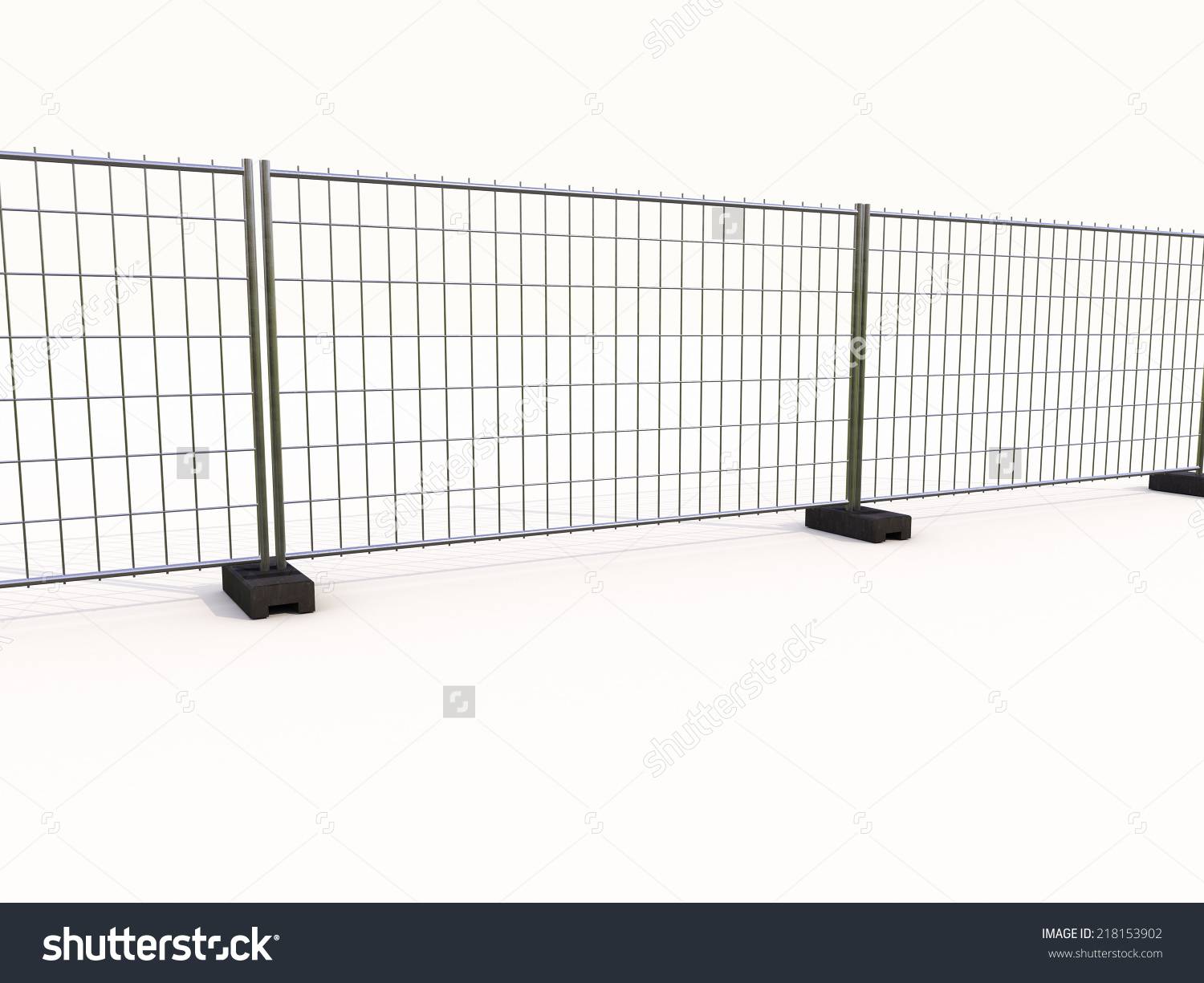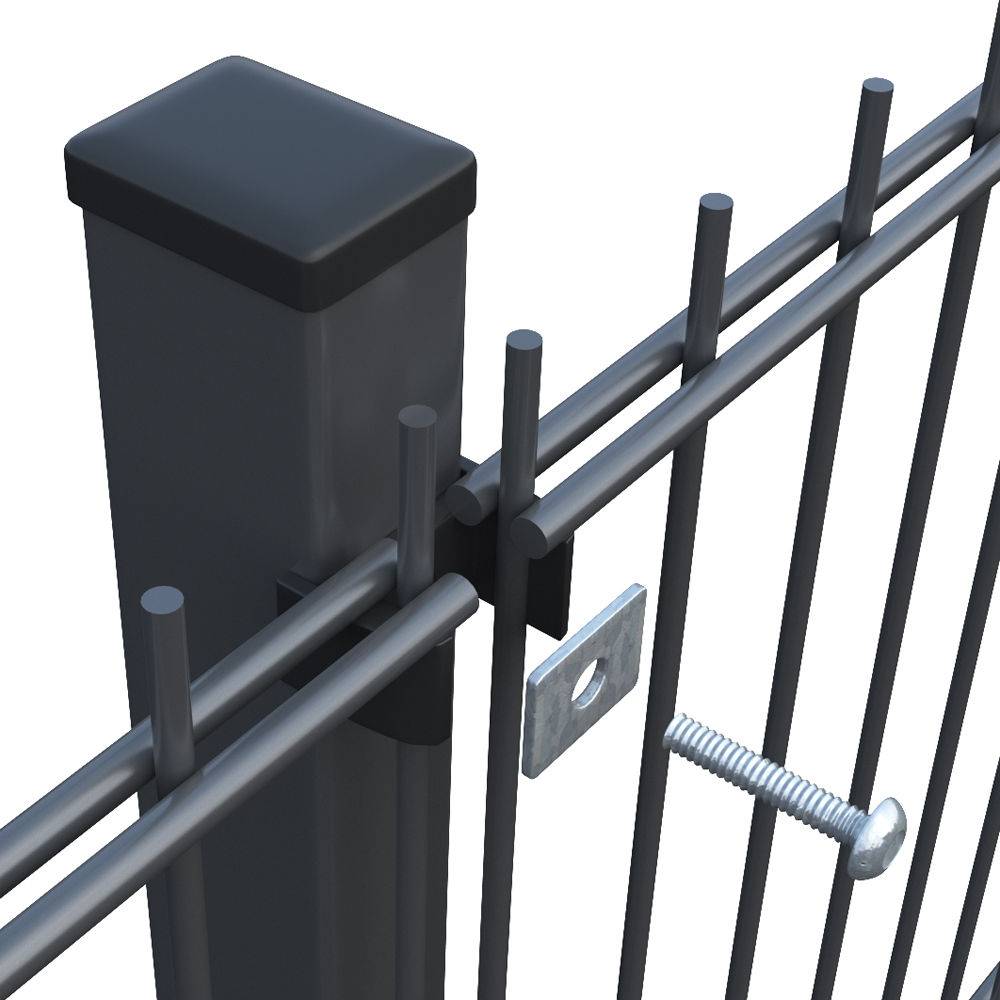

- Afrikaans
- Albanian
- Amharic
- Arabic
- Armenian
- Azerbaijani
- Basque
- Belarusian
- Bengali
- Bosnian
- Bulgarian
- Catalan
- Cebuano
- China
- China (Taiwan)
- Corsican
- Croatian
- Czech
- Danish
- Dutch
- English
- Esperanto
- Estonian
- Finnish
- French
- Frisian
- Galician
- Georgian
- German
- Greek
- Gujarati
- Haitian Creole
- hausa
- hawaiian
- Hebrew
- Hindi
- Miao
- Hungarian
- Icelandic
- igbo
- Indonesian
- irish
- Italian
- Japanese
- Javanese
- Kannada
- kazakh
- Khmer
- Rwandese
- Korean
- Kurdish
- Kyrgyz
- Lao
- Latin
- Latvian
- Lithuanian
- Luxembourgish
- Macedonian
- Malgashi
- Malay
- Malayalam
- Maltese
- Maori
- Marathi
- Mongolian
- Myanmar
- Nepali
- Norwegian
- Norwegian
- Occitan
- Pashto
- Persian
- Polish
- Portuguese
- Punjabi
- Romanian
- Russian
- Samoan
- Scottish Gaelic
- Serbian
- Sesotho
- Shona
- Sindhi
- Sinhala
- Slovak
- Slovenian
- Somali
- Spanish
- Sundanese
- Swahili
- Swedish
- Tagalog
- Tajik
- Tamil
- Tatar
- Telugu
- Thai
- Turkish
- Turkmen
- Ukrainian
- Urdu
- Uighur
- Uzbek
- Vietnamese
- Welsh
- Bantu
- Yiddish
- Yoruba

Temporary Site Hoarding Panels Durable, Quick-Install Solutions
Did you know 68% of urban construction projects face fines or delays due to inadequate site boundaries? Picture this: dust invading neighboring businesses, safety hazards alarming pedestrians, and your brand reputation crumbling like loose debris. Temporary site hoarding isn’t just a barrier—it’s your first line of defense.
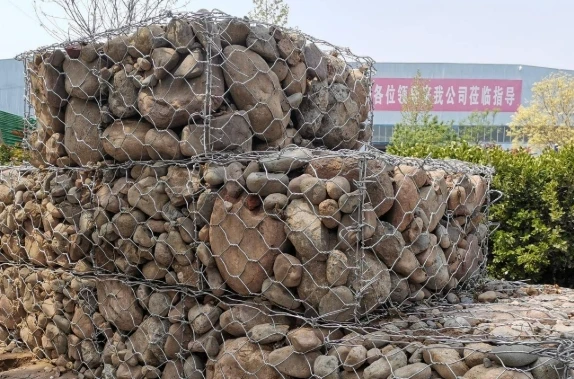
(temporary site hoarding)
Why Choose Our Temporary Site Hoarding Solutions?
Our temporary hoarding panels blend military-grade durability with sleek aesthetics. Unlike flimsy plywood that warps in 3 months, our 18mm thick polymer composite resists impacts, weather, and even graffiti. Want proof? Check these specs:
| Feature | Standard Panels | Our Panels |
|---|---|---|
| Installation Time | 4 hours/100ft | 90 mins/100ft |
| Wind Resistance | 55 mph | 85 mph |
Outperform Competitors from Day One
While others sell "hoarding", we deliver 360° site control systems. See how we stack up:
- ✅ 2X Faster Installation: Modular connectors vs. rusty bolts
- ✅ Branding-Ready Surfaces: Direct UV printing vs. stapled banners
Your Project, Your Rules: Customization Made Simple
Need 8ft panels with anti-climb spikes for a downtown high-rise? Or translucent panels for retail remodels? Our configurator lets you build hoarding that adapts—no engineering fees.
Proven Results Across Industries
See how we helped Skyline Developers reduce pedestrian complaints by 92% using sound-dampening hoarding panels. Or how City Hospital maintained 24/7 operations during renovations with our dust-sealed system.
Ready to Secure Your Site—and Your Success?
Join 1,200+ contractors who upgraded to professional hoarding last quarter. Limited inventory available—act now for priority installation!
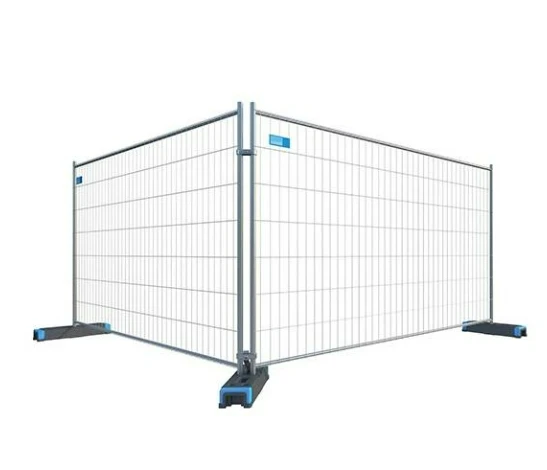
(temporary site hoarding)
FAQS on temporary site hoarding
Q: What is temporary site hoarding used for?
A: Temporary site hoarding is used to secure construction areas, control public access, and enhance safety by creating a barrier between the worksite and surrounding environments. It also helps reduce noise, dust, and visual disruption.
Q: What materials are temporary hoarding panels made from?
A: Temporary hoarding panels are typically made from durable materials like steel, timber, or high-density polyethylene (HDPE). These materials ensure weather resistance, stability, and compliance with safety regulations.
Q: How are temporary hoarding construction panels installed?
A: Panels are installed by anchoring them to the ground or existing structures using bolts, clamps, or weighted bases. Installation is quick and modular, allowing adjustments to fit varying site layouts.
Q: Are temporary hoarding systems customizable?
A: Yes, most systems offer customization in height, branding graphics, and access points like gates. This flexibility ensures they meet project-specific safety, aesthetic, and functional needs.
Q: What standards must temporary site hoarding comply with?
A: They must meet local building codes, health and safety regulations (e.g., OSHA or CDM), and structural requirements for wind resistance and load-bearing capacity. Regular inspections ensure ongoing compliance.
Recommended Products
Latest News About CHENG CHUANG
-
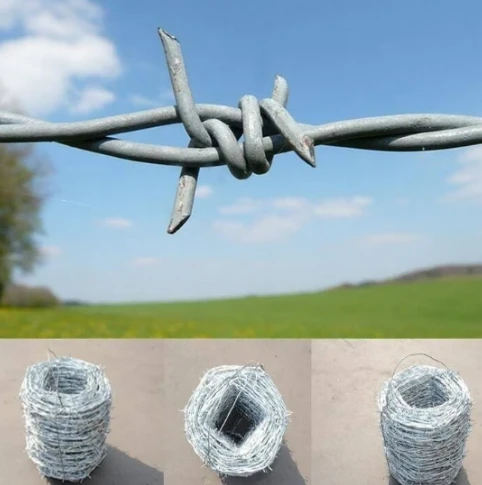 Metal Fence Panels for SecurityWhen it comes to securing properties, protecting perimeters, and maintaining privacy, metal fence panels are one of the most reliable solutions.Read more >
Metal Fence Panels for SecurityWhen it comes to securing properties, protecting perimeters, and maintaining privacy, metal fence panels are one of the most reliable solutions.Read more >Apr 22 2025
-
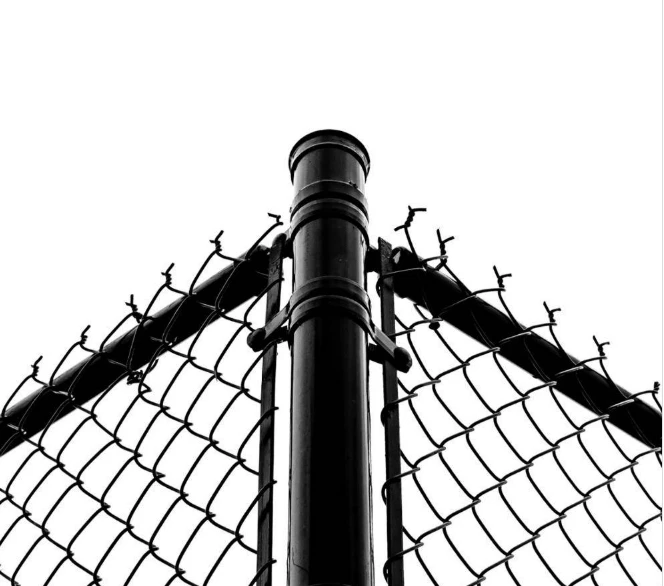 Metal Fence Panels for SaleWhen it comes to securing properties, enhancing curb appeal, and ensuring durability, metal fence panels for sale are an excellent choice.Read more >
Metal Fence Panels for SaleWhen it comes to securing properties, enhancing curb appeal, and ensuring durability, metal fence panels for sale are an excellent choice.Read more >Apr 22 2025
-
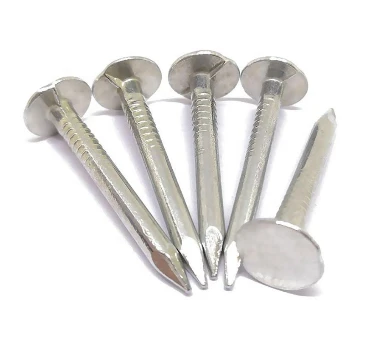 Guide to Common Types of NailsNails are one of the most basic yet essential fasteners used in construction, woodworking, and various DIY projects.Read more >
Guide to Common Types of NailsNails are one of the most basic yet essential fasteners used in construction, woodworking, and various DIY projects.Read more >Apr 22 2025
-
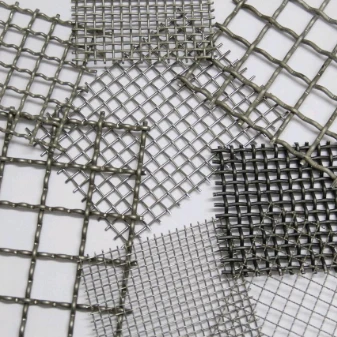 Finding the Best Wire Fencing for SaleWhen it comes to securing your property, ensuring safety, and maintaining aesthetics, wire fencing for sale offers a perfect solution.Read more >
Finding the Best Wire Fencing for SaleWhen it comes to securing your property, ensuring safety, and maintaining aesthetics, wire fencing for sale offers a perfect solution.Read more >Apr 22 2025
-
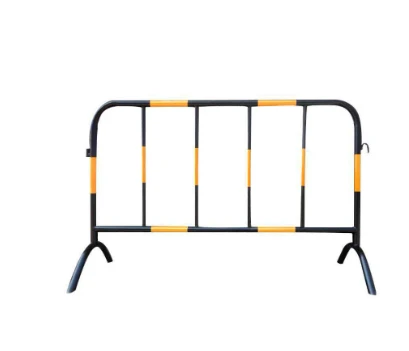 Crowd Barriers for SaleWhen it comes to managing large crowds, ensuring safety, and maintaining organized spaces, crowd barriers for sale are essential.Read more >
Crowd Barriers for SaleWhen it comes to managing large crowds, ensuring safety, and maintaining organized spaces, crowd barriers for sale are essential.Read more >Apr 22 2025
